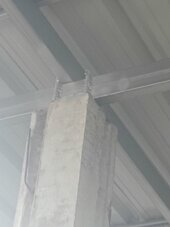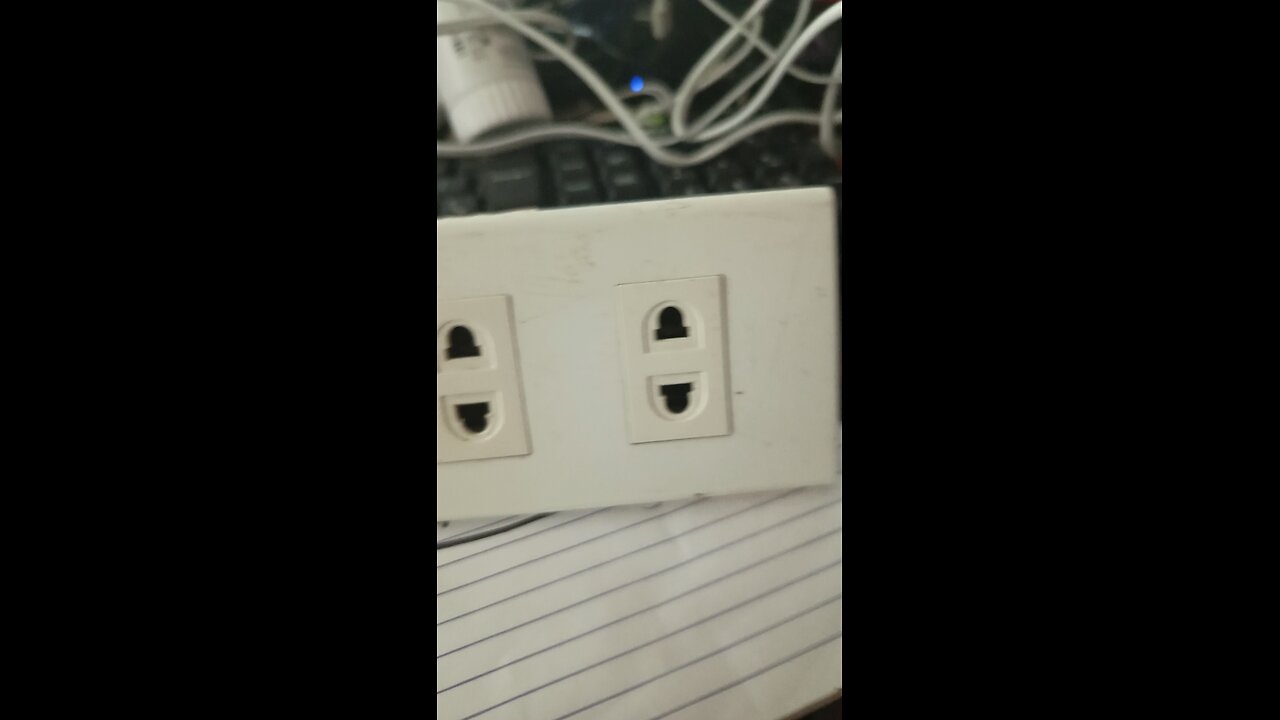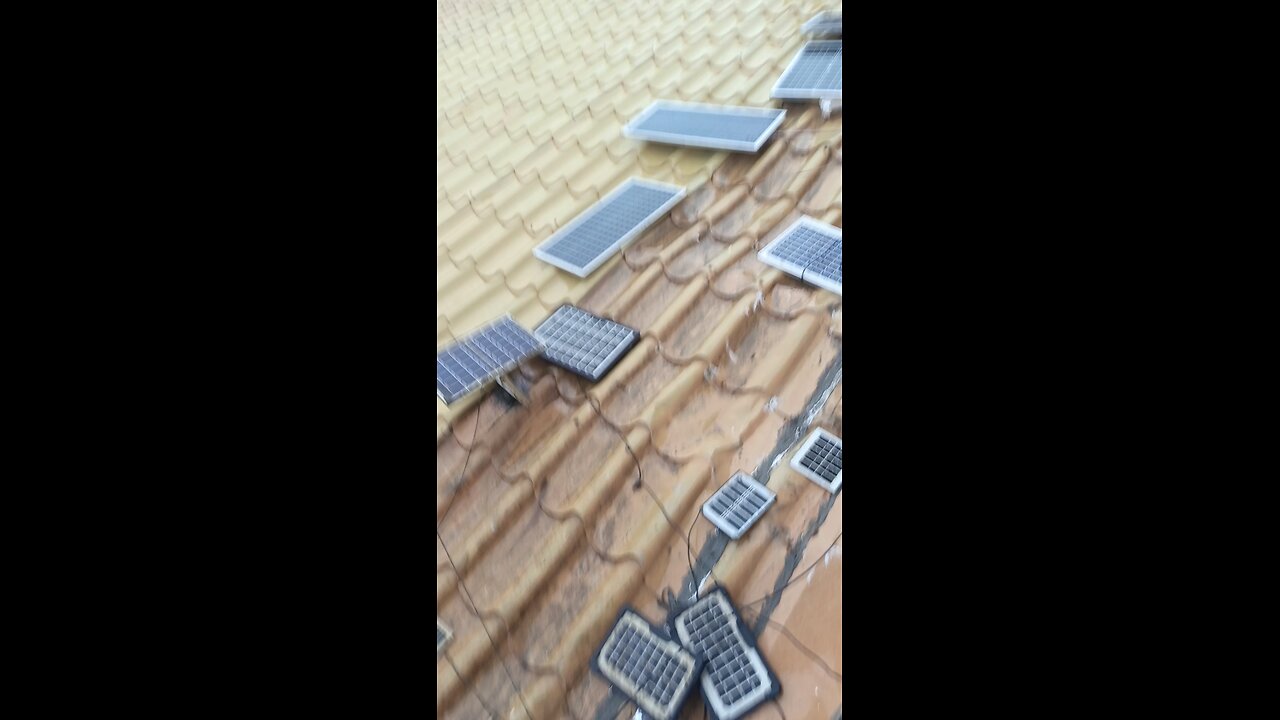Draw a schematic and label each part with its ratings. That's the best way to communicate circuits.
PV panels in series add voltage, and current will be lowest of all panels.
PV panels (or strings of series connected panels) in parallel adds current, and voltage will be lowest of all panels (or strings of panels.)
Use that to determine operating voltage, for power calculations.
Do not exceed voltage rating of MPPT! Consider each series string independently for its maximum voltage (not the reduced voltage another string might drag it down to) to ensure you don't kill MPPT.
Don't exceed maximum current rating of MPPT (we may do that, but with our eyes wide open.) Consider highest current panel in each string, and add all in parallel, to determine max current MPPT will experience.
We normally use all one PV panel model, and wire nSmP. But again we deviate from that with our eyes wide open.
Multiple separate MPPT, each with some panels, is the normally accepted way to go. Make sure maximum current (output of MPPT, not input from PV panels) doesn't exceed battery's allowed charge current. Simplest way to determine that is add up rated wattage of all PV panels and divide by battery voltage. e.g. 600W of panels / 12V battery = 50A charge current. Your mileage may be less due to mismatch between panels or panels vs. MPPT, but will not exceed that.






